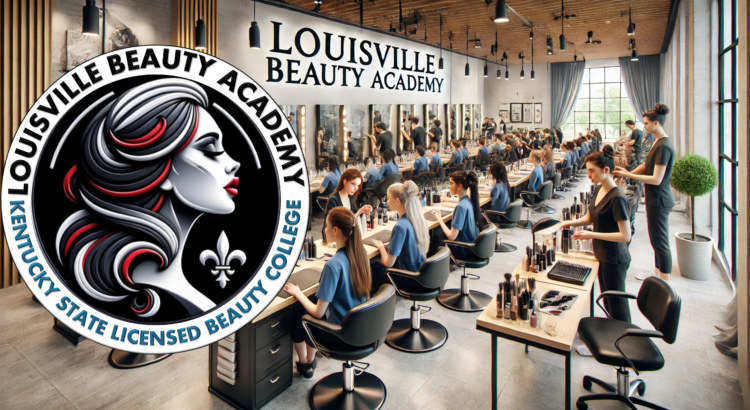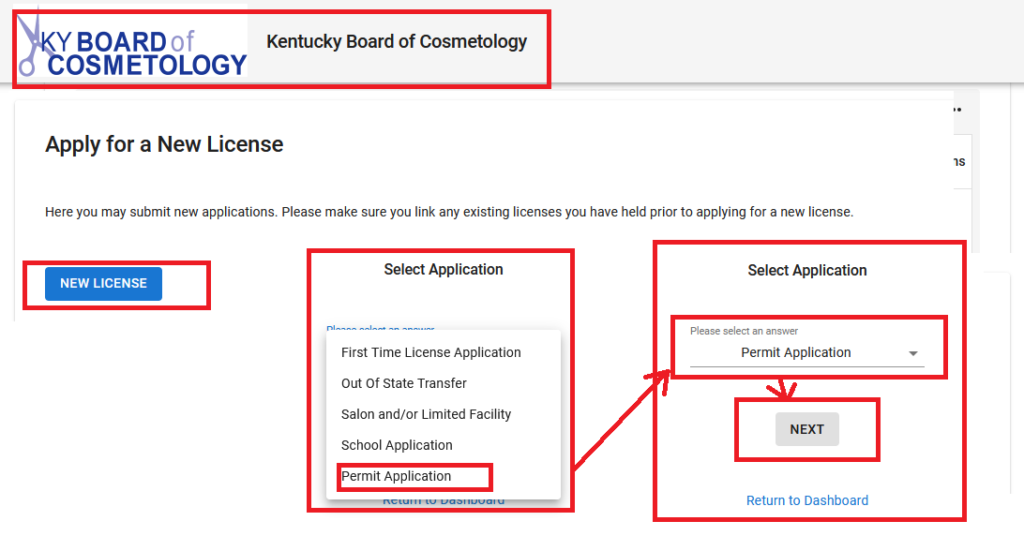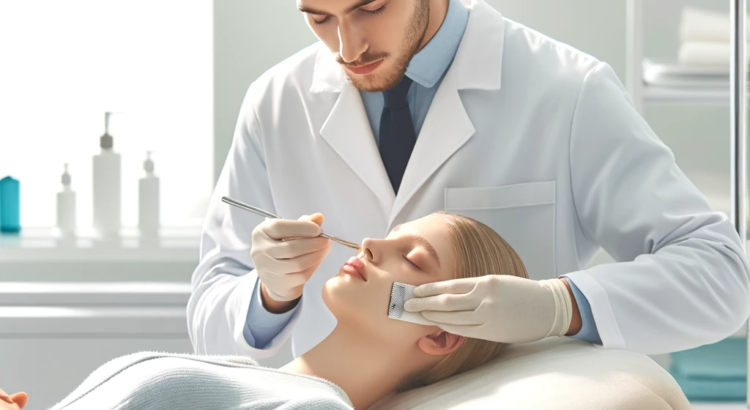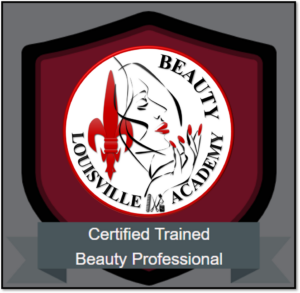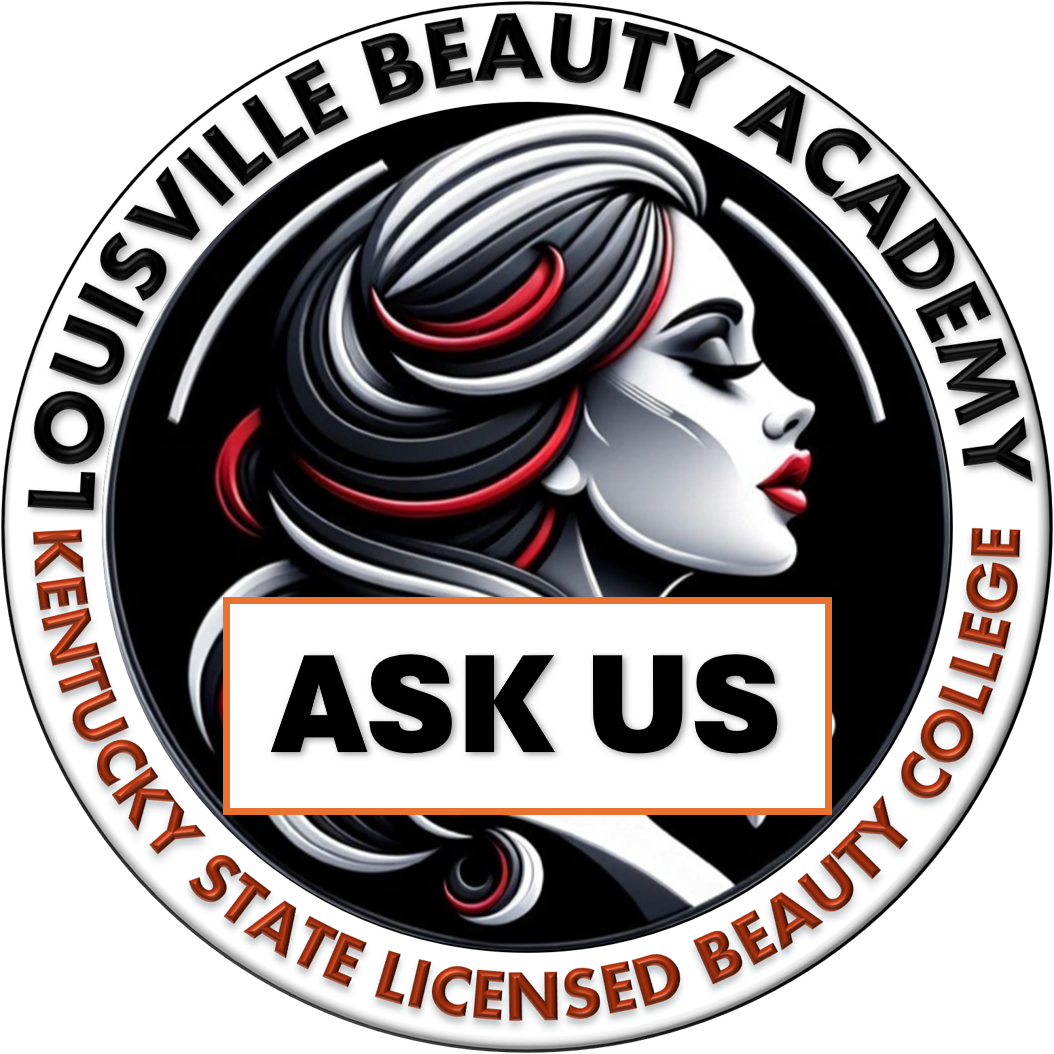The Smart Choice for Aspiring Beauty Professionals in Kentucky
Louisville Beauty Academy, a state-licensed and state-accredited beauty college, is redefining success in the beauty industry by offering high-value, accelerated programs in nail technology, esthetics, and cosmetology. With an emphasis on affordability, quick workforce entry, and strong job market prospects, our institution equips students with the skills and certifications they need to thrive in today’s evolving beauty landscape.
The Changing Beauty Industry: Nail Techs and Estheticians Are in Demand
Industry research shows that careers in nail technology and esthetics offer better return on investment (ROI) and stronger job security compared to traditional cosmetology. Unlike cosmetology, which often faces market oversaturation, nail technicians and estheticians benefit from shorter training periods, lower tuition costs, and increased earning potential in specialized fields.
Key industry findings include:
- Lower program costs & faster completion: Nail tech and esthetician programs cost less and take less time than cosmetology programs, allowing professionals to enter the workforce quickly.
- Higher earnings potential: Estheticians (earning $40,000–$50,000/year) and nail technicians ($30,000–$40,000/year) enjoy strong job growth and specialized career opportunities.
- Expanding career pathways: Estheticians can work in medical settings such as dermatology clinics and med spas, potentially increasing their earnings beyond the traditional salon environment.
- Reduced industry overcrowding: In Kentucky and Indiana, there are tens of thousands of licensed cosmetologists but fewer actual job opportunities, making specialization in nails or skincare a more strategic choice.
Comparing Beauty Education: Time, Cost, and ROI
When choosing a beauty career path, financial investment and time commitment are critical considerations. Louisville Beauty Academy provides flexible, high-quality training options that maximize earning potential while minimizing debt and wait time.
| Profession | Average Cost | Duration | Average Salary | Break-even Time | 5-Year Net Earnings |
|---|---|---|---|---|---|
| Nail Tech | $3,000–$10,000 | 3–6 months | $30,000–$40,000 | 8 months from start | $152,500 |
| Esthetician | $4,000–$12,000 | 6–12 months | $40,000–$50,000 | 14 months from start | $172,000 |
| Cosmetologist | $5,000–$15,000 | 9–12 months | $30,000–$40,000 | 15 months from start | $130,000 |
This data-driven analysis confirms that nail technology and esthetics offer faster payback periods and higher financial rewards than cosmetology. With Louisville Beauty Academy’s affordable tuition and streamlined licensing pathways, students can achieve financial independence faster.
Job Growth and Market Trends: Why Specialization Matters
The demand for nail technicians and estheticians continues to grow, driven by new beauty trends, an aging population, and the rise of self-care industries.
Projected Industry Growth Rates (2025–2035)
- Nail Technicians: 12%–22% growth, fueled by nail artistry trends and personalized services.
- Estheticians: 9%–17% growth, driven by increased demand for advanced skincare treatments.
- Cosmetologists: 19% growth, but oversupply issues continue to limit employment opportunities.
With fewer qualified professionals in nail and skincare services, those who specialize face less competition and more job security.
State-Specific Challenges: Kentucky & Indiana
Kentucky and Indiana illustrate a clear divide in job availability versus licensure rates. While both states license thousands of cosmetologists annually, the actual job market cannot support such a high number of professionals, creating unemployment risks.
Industry Statistics (2025)
- Indiana: Fewer than 8,000 total beauty industry jobs, yet thousands of new licensees enter the field each year.
- Kentucky: 25,000–30,000 licensed cosmetologists, but fewer than 7,310 actual jobs, meaning many cosmetologists struggle to find work.
This data confirms that investing time and money into cosmetology may not guarantee employment. Louisville Beauty Academy offers an alternative route to career success by focusing on high-demand specialties.
Why Choose Louisville Beauty Academy?
As an established, state-licensed beauty institution, Louisville Beauty Academy stands apart by providing:
- Flexible, fast-track programs designed to help students start earning quickly.
- Top-tier licensing preparation to ensure students pass state exams and gain legal certification.
- A hands-on, career-focused learning environment led by industry experts.
- A supportive, ethical, and inclusive atmosphere, free from predatory for-profit practices.
Louisville Beauty Academy remains dedicated to elevating the beauty industry by empowering professionals with high-quality education. We provide affordable, fast-tracked, and accredited programs that allow students to achieve financial independence and career success.
A Smarter Path Forward
For aspiring beauty professionals, the choice is clear: specialized training in nails and esthetics offers the fastest, most profitable career path. By choosing Louisville Beauty Academy, students can enter the industry sooner, with less debt, and with greater long-term earnings potential.
Key Citations
- Beautyschoolsdirectory: Nail Tech School Cost
- Naturalhealers: Esthetician Schooling
- Milady: How Much Is Cosmetology School
- Zippia: Nail Technician Salary
- US News: Esthetician Salary
- Salary.com: Cosmetologist Salary
- Data USA: General Cosmetology
- BLS: Manicurists and Pedicurists
- BLS: Skincare Specialists
- BLS: Hairdressers, Hairstylists, and Cosmetologists
- Zippia: Nail Technician Job Outlook
- Hollywood Institute: Future of Skincare
- Naturalhealers: Esthetician Salary
- Des Moines Register: Beauty Schools Exploit Students
- Louisville Beauty Academy: Senate Bill 14
- Louisville Beauty Academy Website
- Nail Salon Market Size, Share, Trends, Growth Report, 2030
- The Future of Skincare: Why Estheticians Are in High Demand and How to Become One
Disclaimer
The information provided in this article is for general informational purposes only and is based on publicly available data, industry research, and third-party sources as of the publication date. Louisville Beauty Academy makes no representations or warranties of any kind, express or implied, regarding the accuracy, completeness, or reliability of the information presented.
Tuition costs, program durations, salary expectations, job market conditions, and industry trends are subject to change without notice. Louisville Beauty Academy does not guarantee employment, salary outcomes, career success, or licensure upon completion of any program. Individual results will vary based on factors such as personal effort, market demand, location, and experience.
Prospective students and readers are encouraged to conduct their own research and consult relevant industry and licensing authorities before making educational or career decisions. Louisville Beauty Academy assumes no responsibility or liability for any reliance on the information provided in this article.
